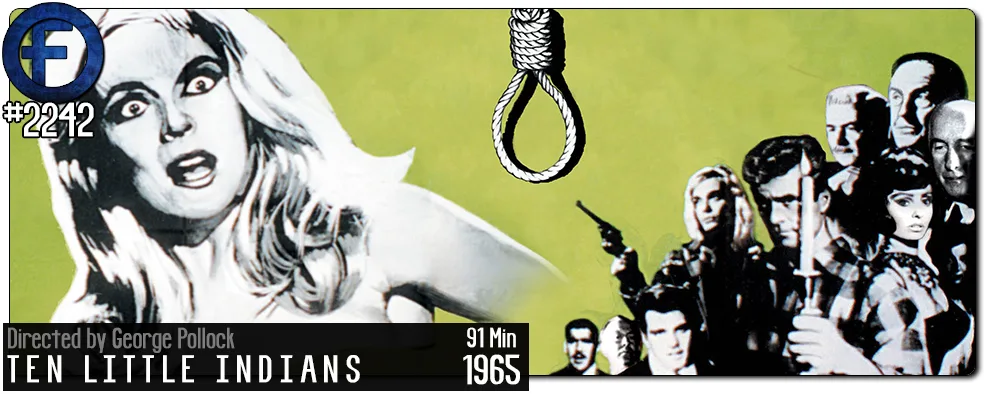Movie Review – Ten Little Indians (1965)
Principal Cast : Hugh O’Brian, Shirley Eaton, Fabian, Leo Genn, Stanley Holloway, Wilfrid Hyde White, Daliah Lavi, Dennis Price, Marianne Hoppe, Mario Adorf, Voice of Christopher Lee.
Synopsis: Ten people are invited to a luxury mountaintop mansion, only to find that an unseen person is killing them one by one. Could one of them be the killer?
********
Mountaintop murder is the order of the day in this 1965 adaptation of Ten Little Indians, a classic mystery film based on Agatha Christie’s equally classic novel. This version, directed by George Pollock, brings to life one of Christie’s most famous stories for the second time in live-action. But as we delve into the narrative, the film’s cinematography, and the lingering debate around Christie’s attitudes, you’ll find that this adaptation is not without its share of complexities. Published under the title And Then There Were None in 1939, the novel continues to captivate readers and viewers alike with its cleverly constructed plot, intricate characters, and suspenseful storytelling. However, as with many works from the past, it’s important to acknowledge the author’s controversial views, which, in this case, intersect with the story’s premise.
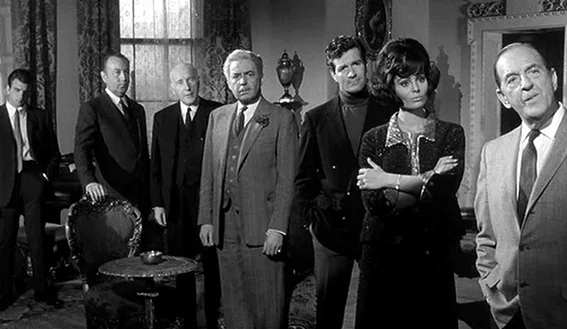
Before we dive into Ten Little Indians, we can’t ignore the controversy surrounding Agatha Christie, the mind behind this captivating tale. Christie’s views on race, notably in this particular story, have raised significant concerns. The original title, “And Then There Were None,” and the use of the racial slur in various adaptations (including a line in the nursery rhyme that appears in the story) have cast a shadow on her work in retrospective analysis. Christie’s early work, notably the 1927 novel The Big Four, contained racial stereotypes and terms that are highly offensive by today’s standards. While her writing evolved over time and her characters became more diverse, her earlier works remain a decent stain on her enormous legacy. In the case of Ten Little Indians, the choice of the original title itself is a reference to a racially insensitive nursery rhyme, which is addressed by various adaptations in different ways.
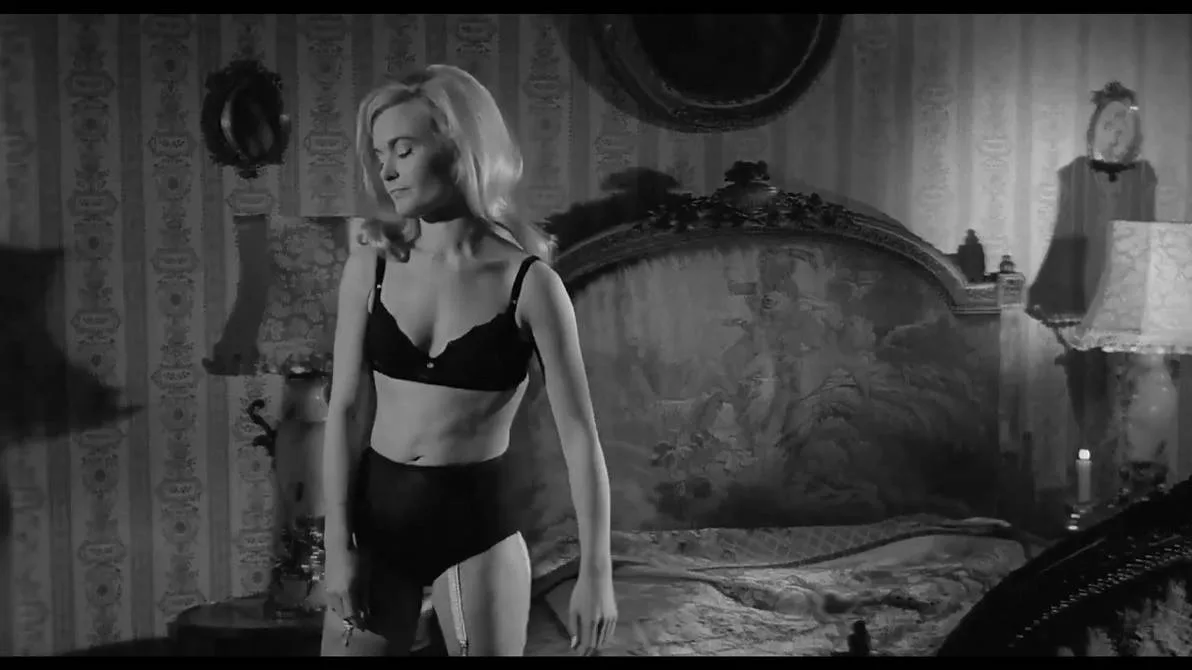
The film begins with a unique premise. Ten strangers are invited to a secluded alpine getaway by an anonymous host. In the original novel, the setting is an isolated island, but the film adaptation takes us to the jaw-dropping beauty of an alpine resort. This change, while reducing some of the plot’s tension via isolation, adds a visually captivating aspect to the film. The characters arrive at the Grand Bavarian Hotel, each with their own secrets and pasts. There’s Hugh Lombard (Hugh O’Brian), a handsome, diffident adventurer, Vera Clyde (Daliah Lavi), a woman with a big secret, private investigator William Blore (Fabian), and doctor Armstrong (Dennis Price), among others. Once the characters arrive at the hotel, they are greeted by a recorded message from their mysterious host. The recording accuses each guest of a murder they have committed in the past, setting the stage for a deadly game of retribution. Panic sets in as they realize that they are trapped in the hotel with a killer among them. The tension mounts as, one by one, the characters meet their demise according to a morbid nursery rhyme framed on the wall. This rhyme lays out the sequence in which each character is to die, and as the guests try to unravel the mystery and survive, they also face their own dark secrets and the guilt that haunts them.
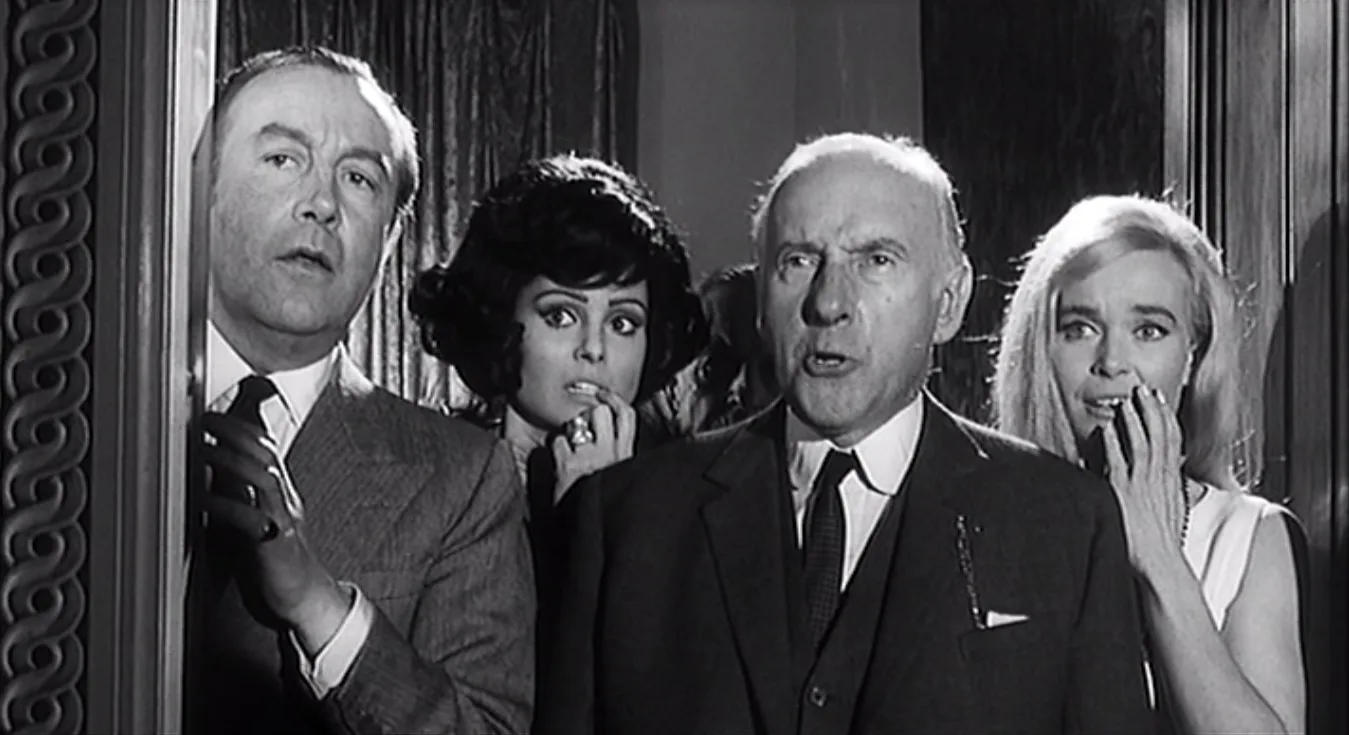
The cinematography in this adaptation deserves special mention. Although the film doesn’t reach the heights of cinematic brilliance, it does offer a visually engaging experience. The alpine setting is breath-taking, and it contrasts beautifully with the sinister events unfolding within the hotel. The tension and suspense are heightened by the stunning backdrop of snow-capped mountains and the luxurious yet eerie hotel interiors. The cinematography captures the isolation of the alpine location, even if it differs from the original island setting. The film manages to create a sense of claustrophobia within the expansive hotel, emphasizing the feeling of entrapment as the characters are stalked by their unknown assailant.
The performances by the cast are solid, with each actor bringing their character to life effectively. The characters themselves are well-drawn, with their backstories and motivations explored in the context of their dark secrets. This adds depth to the story and keeps the audience engaged in the unfolding mystery.
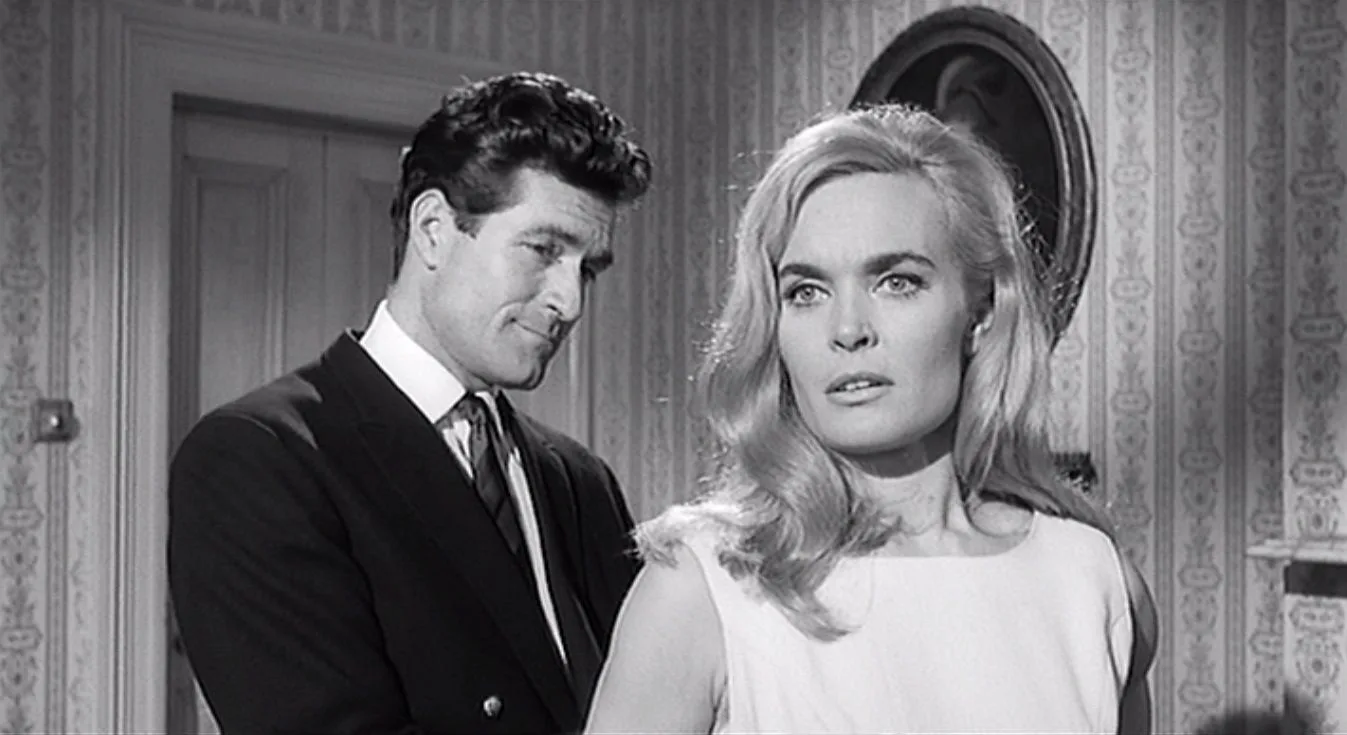
The heart of Ten Little Indians lies in its whodunnit structure. As each character meets their gruesome fate, suspicions arise, and the remaining guests try to uncover the identity of the killer. It’s a brilliant setup that keeps the audience guessing until the very end. The film masterfully plays with our expectations and preconceptions about the characters. Everyone seems to have a motive, and the shifting alliances and accusations create a dynamic atmosphere of distrust. This is one of the key elements that makes this story an enduring classic. The film also keeps true to the original novel’s structure, maintaining the suspense and mystery. The tension continues to build as the characters’ numbers dwindle, and their desperation grows. The nursery rhyme, with its chilling countdown, becomes a haunting presence throughout the film. As we approach the climax, the film offers a series of revelations and twists that keep the audience on the edge of their seats. The identity of the killer is shrouded in secrecy until the very end, and the final reveal is a satisfying conclusion to the mystery.
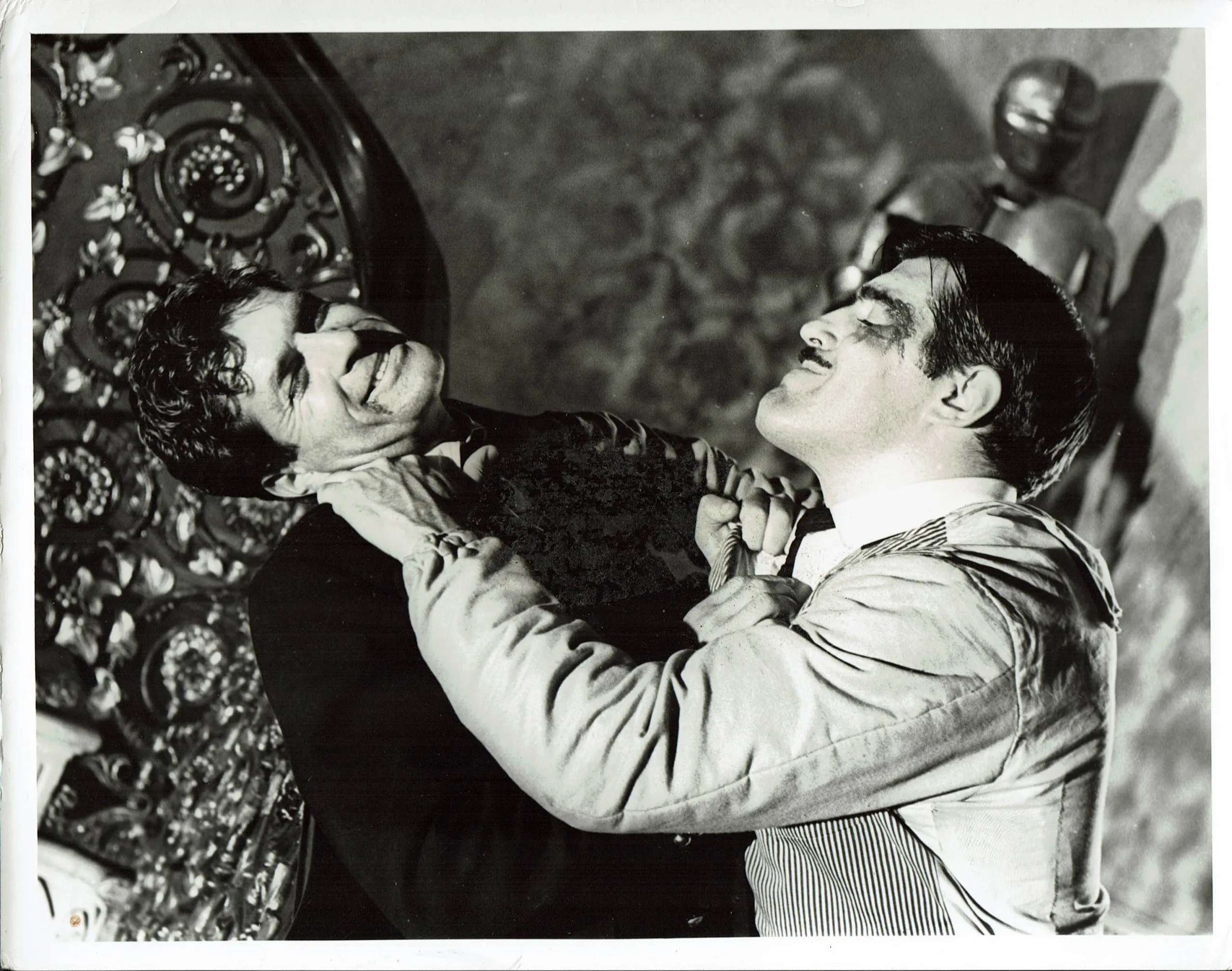
Ten Little Indians has left an indelible mark on the world of mystery fiction and cinema. It’s a classic example of the whodunnit genre and continues to be a source of inspiration for filmmakers, writers, and storytellers. The story’s controversial elements, including its original title and racial themes, have led to various adaptations and discussions over the years. Some adaptations have chosen to alter the nursery rhyme and the story’s title to address these concerns, while others have retained the original elements. This reflects the ongoing conversation about how to engage with classic works that contain problematic content. In the realm of film, the 1965 adaptation stands as a solid rendition of Christie’s classic. While it may not reach the pinnacle of cinematic excellence, it offers an engaging and visually captivating experience. The change in setting to an alpine resort adds a unique dimension to the story, and the cinematography effectively captures the isolation and tension of the location.
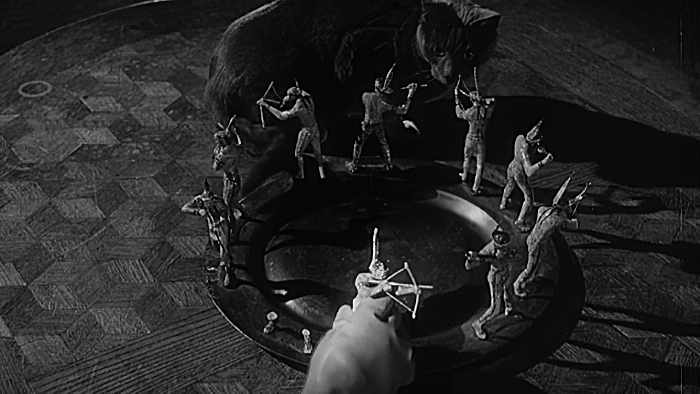
The characters are well-portrayed, and the unfolding mystery keeps the audience gripped until the final reveal. Ten Little Indians reminds us of the enduring appeal of the whodunnit genre, where suspense and intrigue are the driving forces of the narrative. Ten Little Indians is a film that both pays homage to Agatha Christie’s classic work and introduces its own elements to the narrative. It’s a testament to the timelessness of the mystery genre and the enduring legacy of a master storyteller. While we must acknowledge the controversial aspects of the story’s origins, we can appreciate the film’s cinematic qualities and its ability to keep us guessing until the very end.

